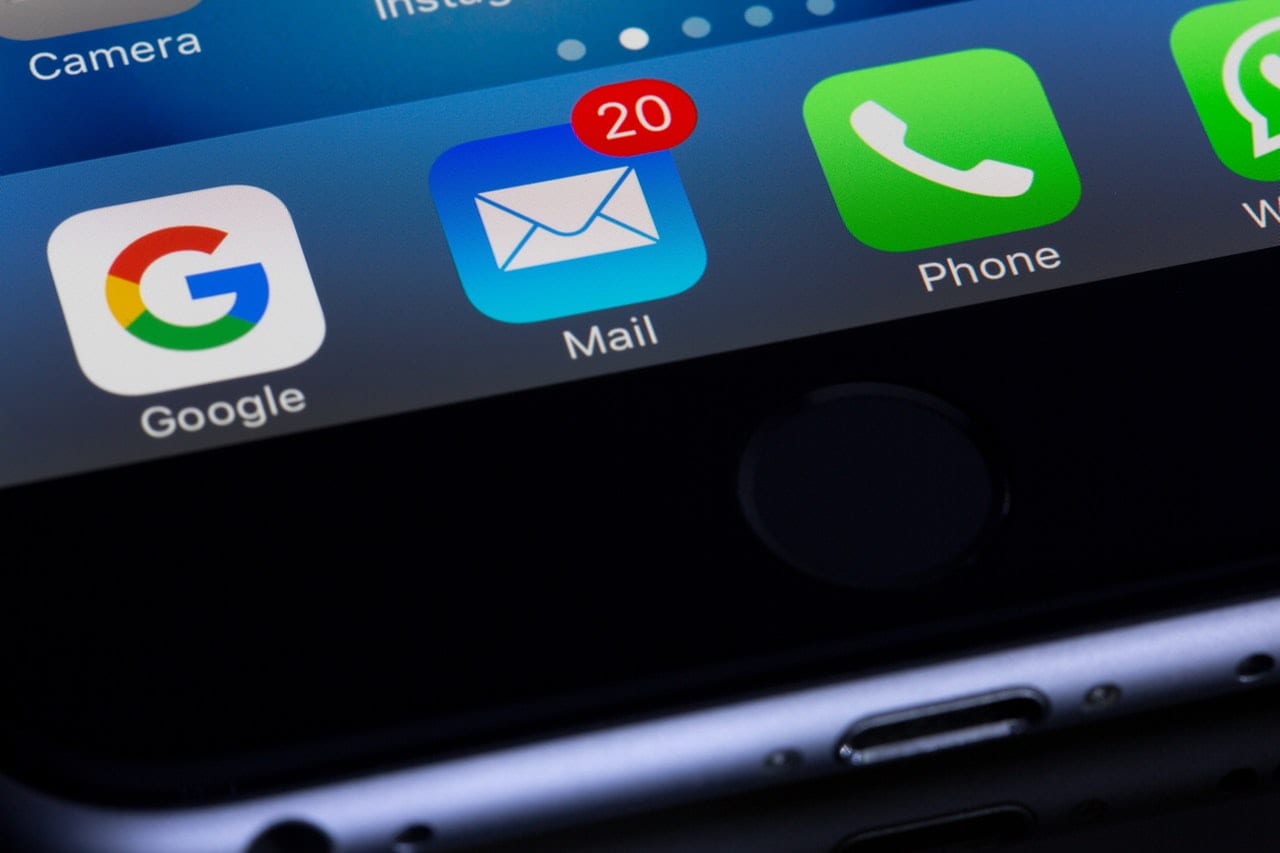
Creativity is more than the ability to crack a clever joke or paint something beautiful. At work, it’s essential for growth and innovation. A team that thinks outside the box can solve difficult problems in new, cost-effective ways.
The trouble is, genuine creativity is tough to incentivize.. Simply telling your team to be more creative certainly won’t work. But rewarding creativity can also have adverse effects. It can stifle a creative process that should be rewarding in and of itself.
Because of this, some take an “either you have it or you don’t” approach to creativity. But creativity can be cultivated, just like sales or leadership skills can be.
With the right leadership and culture, creativity can flourish. Here’s how to be that leader for your team:
1. Diversify your team.
There are plenty of reasons to be inclusive at work, but there’s no question diverse teams are more creative. If everyone on your team comes from a similar background, you’ll likely approach issues the same way. That may make coming to a consensus easier, but challenges are necessary to refine ideas.
Diversifying your staff involves bringing people from different cultural, religious, ethnic, racial, and socioeconomic backgrounds together. Gender, sexuality, and age are also important axes to consider.
To deepen your team’s diversity, bring in a broad range of personality types, values, and abilities. This approach helps you appreciate the perspectives of a full person rather than a single demographic component.
2. Empower fresh faces.
When people first start out at your company, they’re still getting used to your processes and culture. That doesn’t mean their perspective isn’t valuable, though.
In fact, someone who isn’t fully integrated into your organization may be more valuable, creatively speaking. They can bring fresh ideas that aren’t hindered by the baggage that seasoned employees may have.
Ask for their input during meetings. Run proposals and innovation ideas by them. Better yet, give them a project of their own to lead.
A new employee’s creativity can also fuel the creative impulses of senior team members. In this case, a little competition can be healthy: Let employees of different tenures push each other to come up with new ideas and ways of working.
3. Promote fictional media consumption.
The media we consume impacts us immensely. Fictional media, whether it be books, film, or television, positively impacts our creativity.
Why? Because fictional narratives engage us in scenarios that aren’t found in the real world. They allow us to think through unfamiliar possibilities. Non-fiction and journalistic media simply can’t do that.
The good news is, your employees are probably already watching TV and movies on their own. Encourage them to think critically about what they’re viewing. Consider following a series or franchise together and discussing it. Another option is to start a book club at the office to promote fiction reading.
4. Support risk-taking efforts.
A primary reason people shy away from taking risks is they fear the consequences of failure. However, risk-taking is inherent to creativity. You can’t have one without the other.
Ease the pressure of risk-taking for your team. Compliment people who are willing to take risks. And if an effort fails, don’t punish the people who gave it a shot. In fact, throw a party for the “biggest fail” each month.
A supported team is a risk-taking team. The more confident you can make people feel in themselves and their actions, the more willing they’ll be to try new things.
5. Don’t lead with limitations.
When embarking on a new goal or plan, some leaders kill creativity by starting with the negative. Before the first dollar has been spent, they worry about costs. With no reason to worry about the team’s commitment, they wonder whether contributors are up to the task.
Don’t stifle your team’s imaginations. Give people the resources they need, empower them to try new things, and express confidence in them.
What if roadblocks come up? Worry about them at that time. When you set expectations around a project, what matters most is opening space for people to articulate their vision. Ground these ideas in practicalities later.
6. Visualize data.
Words and numbers on a page can only do so much. Being more creative with how you construct and communicate data creates a flywheel effect, spurring more creativity.
Mindmapping, flowcharts, diagrams, and hierarchical charts are great ways to represent information. They spark creativity by showing the relationships between sets of data and illuminating nuances.
Invest in a data visualization tool that even non-technical team members can use, like Tableau. Challenge people to come up with their own intriguing visualizations.
7. Enhance your office environment.
A drab, depressing office environment doesn’t exactly encourage creativity. An inspiring office space feels fresh, exciting, and joyful.
Fortunately, this doesn’t have to be expensive. Paint the walls a lively color. Bring in some plants and natural light. Hang your favorite art pieces up, and decorate your desk.
While you’re at it, give employees more creative control over their personal space. Autonomy breeds creativity, which you can tap for work tasks.
Creativity isn’t just for people in the arts. Just about everyone has a creative impulse that can be valuable to a team. The key is to invest in those impulses and bring them out whenever you can.

